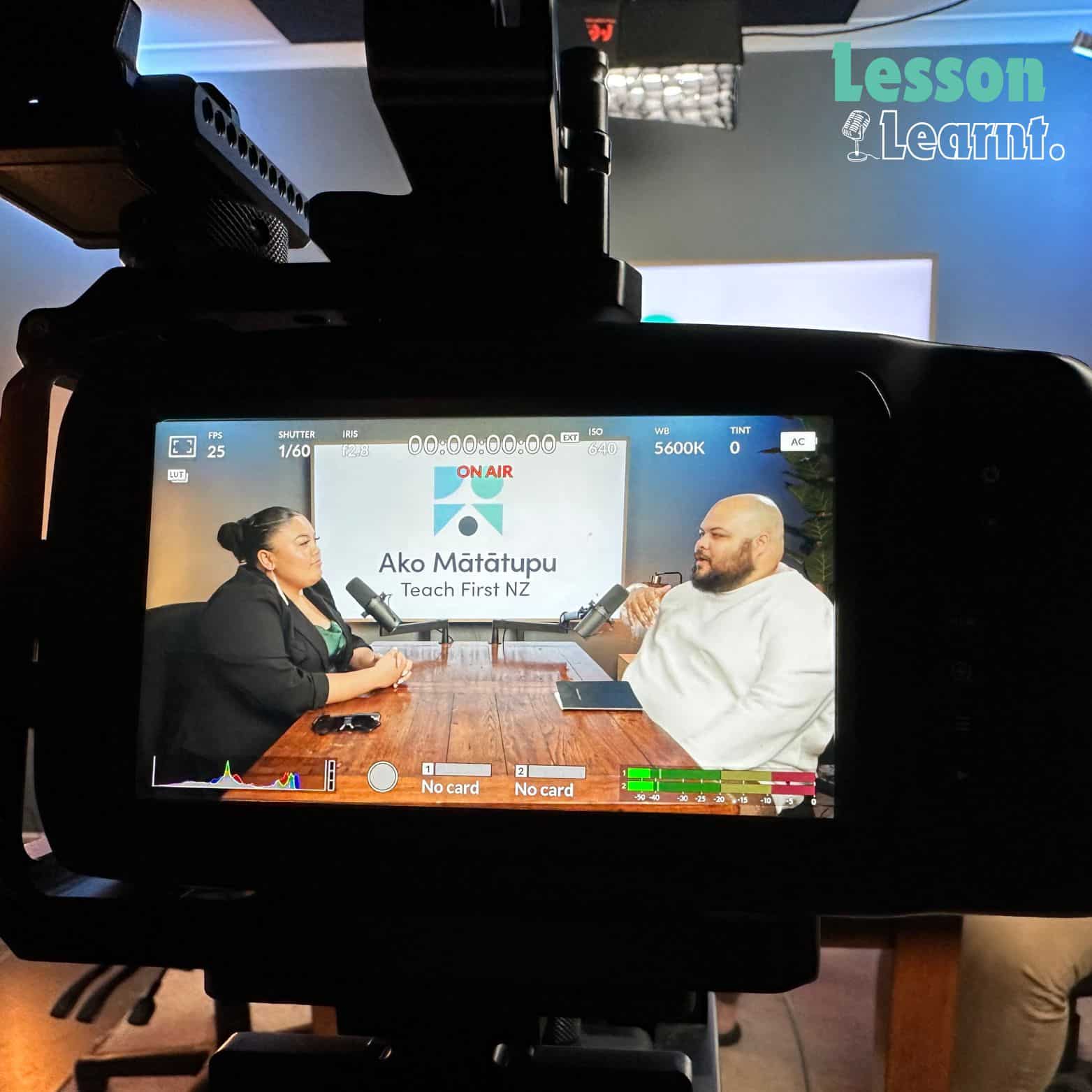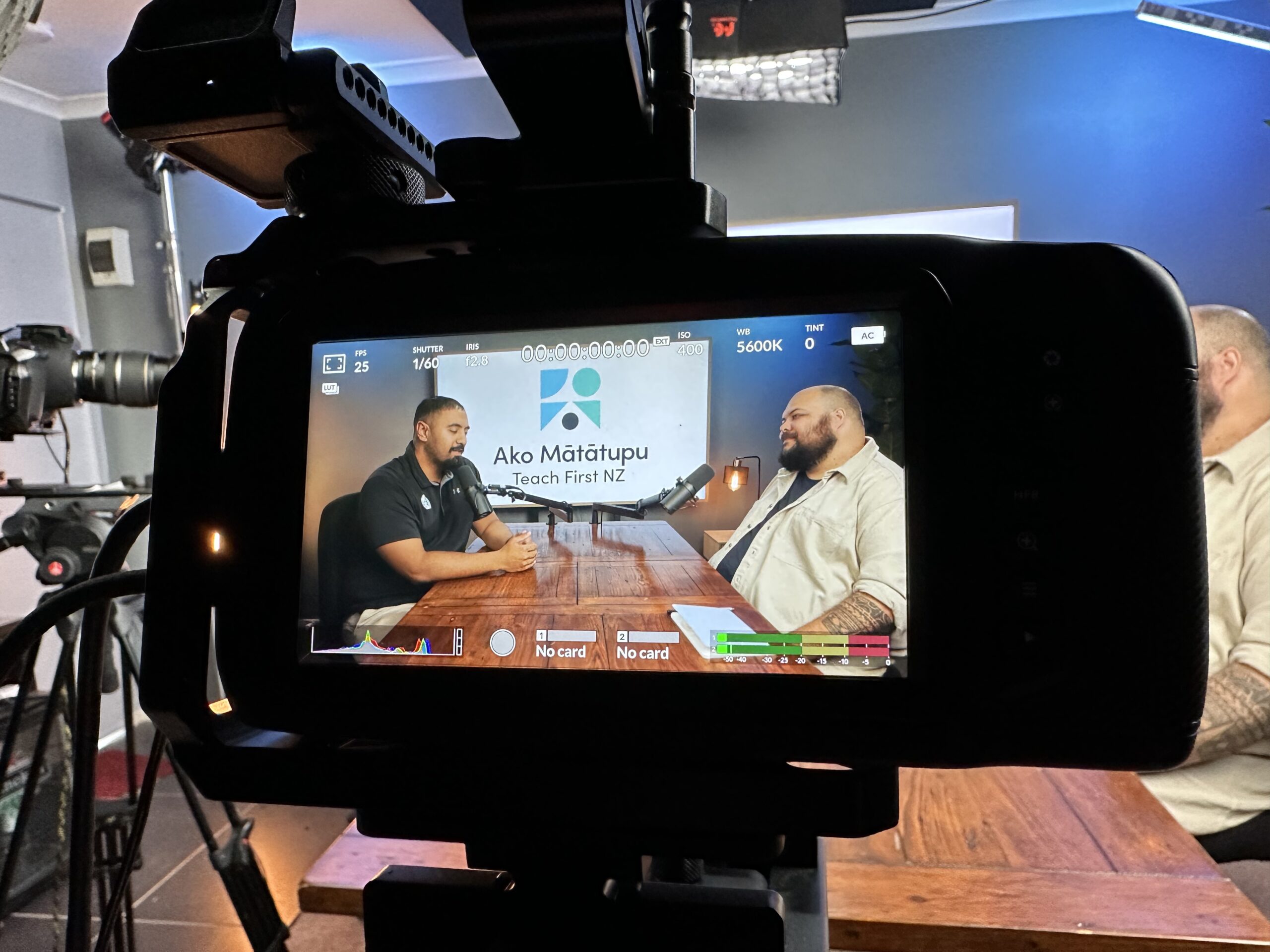A digital future for education: Risks and opportunities for equality (Pt 2). Our CEO, Jay Allnutt, explores different motivations for integrating digital technologies into education, key risks to beware of, and ways forward to ensure that all young people fulfill their potential and are prepared for the future.
Underlying motivations for the use of technology in education
There is an important distinction to be made about what motivates the use of digital technologies in education. The first possible motivation is based upon the view that digital technologies are a way to augment learning across the curriculum.
An alternative motivation is based on the view that digital technology should be a central focus in the curriculum in its own right.
In Aotearoa NZ, we recognise both of these viewpoints in our curriculum, in how we prepare teachers, and in how we assess our students’ achievement.
An argument in favour of the first viewpoint shown above is that using technology across the curriculum can improve learning in curriculum areas like English, mathematics and science – for example, by making learning more tailored, child-centred and responsive. A predominant argument for the second viewpoint is that focussing on digital technologies in school will prepare children for the future of work by giving them the skills to be able to use digital technologies not just as consumers but in ways that are creative and innovative.
The first viewpoint relates to how we learn, and the second viewpoint relates to what we learn. Both ideas, vitally, relate to why we provide public education, and the two are undoubtedly intertwined in many ways.
In some respects, the distinction between these two motivations for using technology is a distinction between an intrinsic and an instrumental view of the purpose of education in general. It is generally harder to make the case for investing in the intrinsic outcomes of education than it is to justify education in terms of more tangible (instrumental) outcomes such as employment and contributing to national wealth. The issue of digital technologies in education is no different in this regard.
There is a good argument to be made whether we see the integration of digital technologies into education as about augmenting learning across the curriculum, or as a vital part of the curriculum in its own right. Each stance ultimately aims at improving the outcomes of education for children, but the two stances are based upon differing implicit or explicit assumptions about the purpose of education. I believe we have to be aware of these assumptions, because they can take us in quite different directions, and could exacerbate inequality.
Risks
There is a significant risk in making an assumption that technology – any technology – is good regardless of whether we understand how it may affect learning. We should be aware of the implications of the of the move toward increasing integration of some technologies into learning.
There are similar risks in assuming that all children are equally interested in or equally competent with technology, or that all children will benefit in the same way from its integration into schooling.
The same goes for assuming that the sole or over-riding (or even the predominant) purpose of education is to secure employment. If we make this assumption, then what and how we teach and learn will focus on the skills and knowledge to achieve this. It is widely accepted that the future of employment is in a ‘knowledge’ economy, with the ability to use and manipulate digital technologies a basic requirement for employment. The danger is that we might focus on this goal to the detriment of other experiences, skills, and knowledge that contribute to broader and perhaps less tangible outcomes from education. Further, there is a concern that this narrow focus will be especially apparent for children from the lowest-income communities who attend schools with the least resources and working with students with the most complex needs.
As a sector, then, we need to understand more broadly what technology is and how it is changing, and we then need to influence and take ownership of the direction the use of technology might take.
Ways forward – fulfilling potential and preparing for the future
To make progress towards equality, we have a real opportunity to innovate with digital technology. This is an opportunity not just to do what we’ve always done with some technology thrown in, but to genuinely help all children to “fulfil their potential and be prepared for the future”.
In relation to digital technologies, we need to understand what works and doesn’t, and we need to focus on solving the real, underlying problems around access, participation and capability. BYOD (bring your own devices) used ubiquitously in schools as word processing devices, for instance, is no great revolution. But the use of such devices to increase the flow of learning between school and home is a very exciting prospect.
It also remains vitally important to make space for children to develop in ways that are not directly related to digital technologies or future employment, and to make sure that these development opportunities are open to all children – not just to those who have (or whose families have) the resources to make that the case. Indeed, another strand of thought argues that it is those things that make us most human that will ensure we are not made redundant by the rise of automation, rather than our ability to compete with technology as it advances.
My argument is that we need a sense of agency and awareness about why we are integrating digital technologies into education, and how we will help address inequality through its use. This includes understanding how we might recognise and address bias in our education system, and how we are using technology in ways that promotes the purpose of education. Research has already shown that teachers are well aware of the challenges and limitations of the digital worlds our students inhabit.
Underpinning all of this is the fact that, while schooling has a significant impact, the biggest determinants of ‘achievement’ or ‘success’ are much broader social factors, and most importantly, are to do with parental background. So perhaps our real focus as we learn to integrate technology into education should lie beyond the limits of the school, or at least consider how we can soften those limits to grow the connection between school and home.
In my view, this plays into one of the great opportunities of advances in digital technology: the near and growing ubiquity of access to the internet and other digital technologies in everyday life. If we can help increase that access equitably, and support growing capability and participation for all, we will make great advances towards equality.
Ultimately, digital technology needs to be a tool to augment learning in ways that promote equality, and a tool that helps us to innovate and change what doesn’t support equality. We need to engage digital technology with a view to helping all children fulfil their potential and be prepared for the future.
*This article originally appeared here: https://nzareblog.wordpress.com/2018/09/17/digital-future-2/


